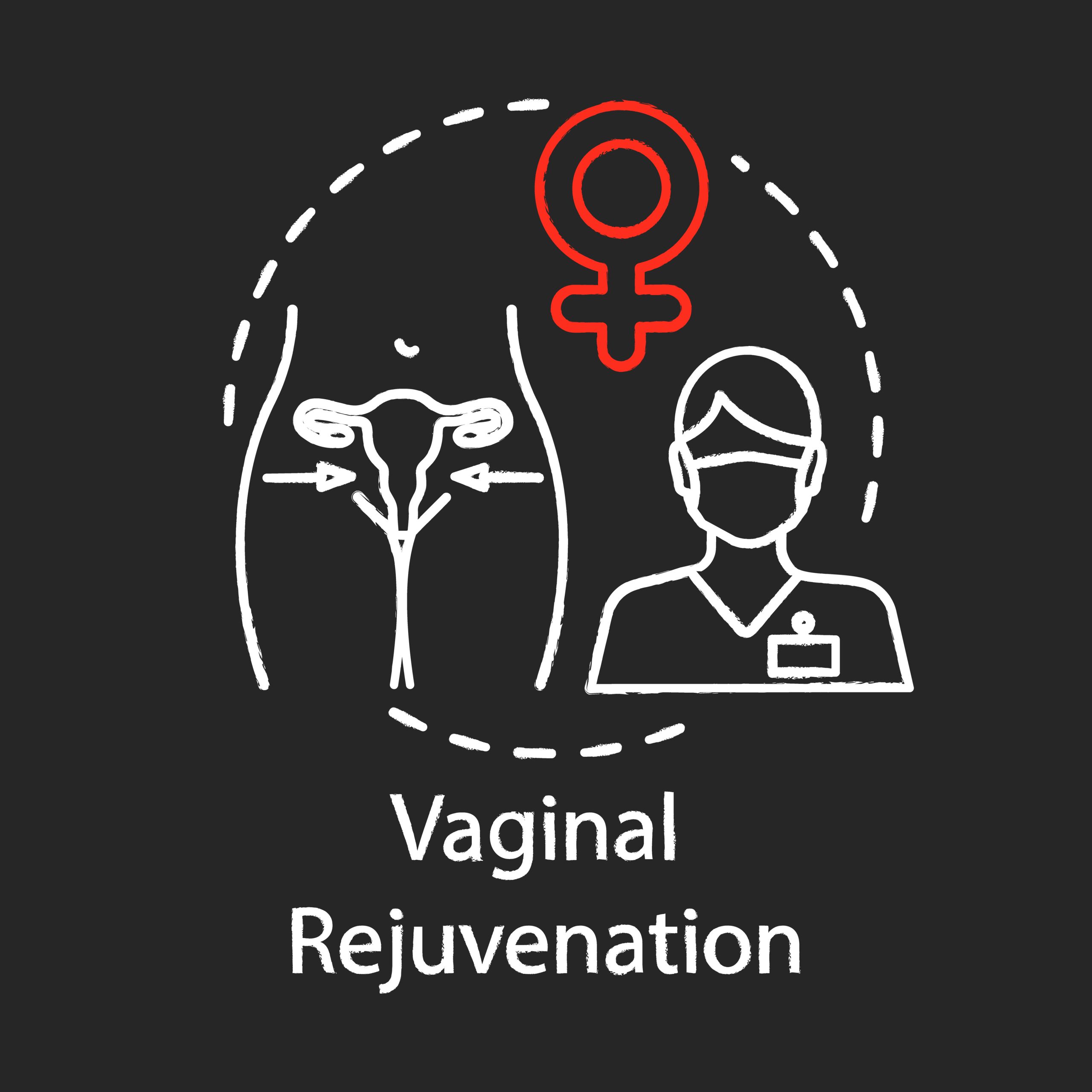By now, most people are aware of the treatment for women, which is known as vaginal rejuvenation or vaginoplasty. This treatment involves many procedures to enhance the appearance, size, and function of the vagina. The methods aid in the recovery of soft tissue structures that have been damaged by the aging process. They’re also suitable for women who suffer from pain and feelings of humiliation caused by excess vaginal tissue.

Keep reading to learn some facts you may not have known about the vaginal operation:
1. Types Of Vaginal Rejuvenation
For those who aren’t quite familiar with the treatment, the process of vaginal rejuvenation takes about one to two hours. During this process, the inner and outer muscles and tissues of the vagina are tightened to improve vaginal tone, strength, and control. Childbirth and age are known to cause vaginal relaxation, which may be treated with vaginal rejuvenation.
Below are the types of vaginal rejuvenation:
- Labiaplasty
A labiaplasty is a procedure in which the labia minora, the skin that flaps on each side of the vaginal entrance, is reduced in size. It shouldn’t be performed on females under 18 since the labia grows during adolescence and early adulthood. Certain women want a labiaplasty because they dislike the appearance of their labia. However, having prominent skin folds around the entrance of your vagina is totally natural. It seldom causes complications, which is why labiaplasty is rarely performed or accessed.
- Labia Majoraplasty
On the other hand, a labia majoraplasty may be used to correct labia asymmetry or shorten both labia for comfort or aesthetic purposes. After liposuction, fatty tissue is removed from the inner region of each labium, or if there’s atrophy of fat in the area, fat may be transplanted from another part of the body.
- Monsplasty
While monsplasty is a surgical technique that’s applied to remove extra skin and fatty tissue from the upper pubic region when a visible bulge develops due to weight gain or sagging skin, it’s sometimes performed concurrently with a belly tuck (abdominoplasty). A bulging mons pubis is frequently more evident when fatty tissue is removed, and the skin on the abdomen is tightened.
- Vaginoplasty (Also Called Vaginal Rejuvenation Surgery)
Lastly, vaginal rejuvenation is a treatment that may be performed to enhance the appearance or to address age-related issues, such as vaginal laxity and urine incontinence. Non Surgical vaginal rejuvenation is possible at some surgical clinics, like Lumen Laser Center. You may consult with professionals who will assist you in becoming the greatest version of yourself, with gorgeous and entirely natural outcomes in your sensitive area.
2. Benefits Of Vaginal Rejuvenation
A stretchable muscle that can increase in size because of age and childbirth, the vagina can change further due to hormonal changes. The lack of estrogen can even cause the vagina to lose elasticity. This is known as vaginal atrophy, and it can make one feel a change in size.
Women turn to vaginal rejuvenation for various reasons, such as:
- improving quality of life or for cosmetic reasons
- restoring their confidence they may have lost due to vaginal pain or self-consciousness about the appearance of their vagina
- increasing vaginal comfort
- restoring their orgasms and improving sexual satisfaction
- treating diseases associated with weakened vaginal tissues.

3. Good Candidates For The Procedure
Vaginal rejuvenation surgery is gradually gaining popularity. Many women are ashamed to mention their vaginal pain symptoms and are ignorant of the choices of treatments available. Those who have gone through vaginal rejuvenation often express the most satisfaction with the procedure.
You may be a good candidate for vaginal rejuvenation if you have excess vaginal tissue that impairs your daily life. Additionally, you may opt for the procedure if you have diminished sexual function and orgasm because of increased vaginal tissue.
Liberation from the extra bulges and folds that formerly cast a shadow over your sexual encounters and controlled the sort of apparel you wore is often described as a life-changing experience. In fact, numerous patients express regret for not having done it sooner.
4. Who Can Perform Vaginal Rejuvenation
Most surgeons don’t focus on vaginal rejuvenation. It’s typically a secondary procedure that they rarely perform. Because of their lack of training and experience, they seldom have time to conduct vaginal rejuvenation as a secondary treatment.
Surgeons who specialize in vaginal surgery and are board-certified OB/GYNs are the best choice for cosmetic surgery. For the best outcomes, you should seek out a specialist with extensive experience with carrying out many vaginal rejuvenation treatments and who is knowledgeable about the many anatomical variations, patient preferences, and the most recent surgical techniques. They should also be familiar with the various aspects of vaginal rejuvenation and should be able to provide the most effective results.
5. Recovery After The Operation
After undergoing a vaginoplasty, many women experience a long recovery. It may be challenging to keep up with all the details of your treatment, and it can be a distressing time for some patients. Most patients recover at a slightly different rate, depending on their body’s shape. However, they can start moving around after the anesthesia wears off.
Here are other expectations after vaginal rejuvenation:
- Mild to severe pain is anticipated, but it may be effectively managed by using cold compresses and taking prescribed medications or over-the-counter analgesics.
- Swelling is most noticeable two to three days after surgery. This dramatically improves two to three weeks after surgery.
- Itching is a frequent symptom during the first week, but it usually resolves by the second week.
- For three to four weeks, you should abstain from severe physical activity and sexual intercourse.
- Most women return to work between one week and a half to two weeks after surgery.
- Typically, all sutures dissolve, and they are removed by the fourth week.
Note that after 48 to 72 hours, most patients can return to a normal lifestyle. Still, an entire recovery period is needed before engaging in sexual activity. Many women still experience pain, as their skin and muscles heal together.
Takeaway
Almost every woman has her own reasons for undergoing vaginal surgery. Some do it for aesthetic or health reasons. Before going for this type of procedure, it’s crucial to consider why you want or need it. You can consider these essential things before you make your decision.


